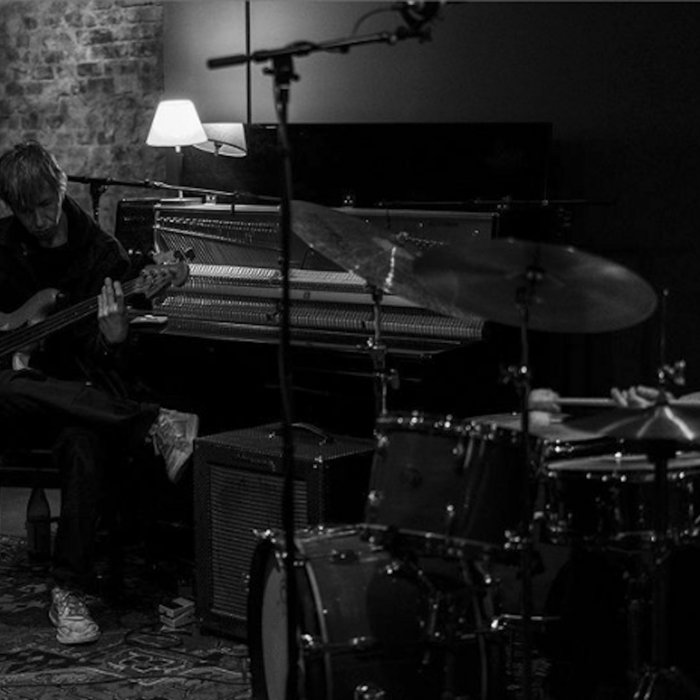
'Mu' Sessions – 21st April 2022 – Second set – leonbrichard
this blog is GROOVY – check out great Soul, Funk, Jazz, Hip Hop, Bass, Breaks , Reggae, House n many more TUNES
Hey there, music lovers! 🎶 Today, we’re diving into the wild and wonderful world of improvisation—that spontaneous burst of creativity that makes your favorite jams so irresistible. Grab your instruments or just tap your feet because we’re grooving through this funky history!
First off, let’s break it down. Improvisation (or “improv” for short) is when musicians make stuff up on the spot instead of sticking to a pre-written score. Think jazz solos that take you on a ride or rock guitarists who go all out during live shows. It’s like sailing without a map—exciting, unpredictable, and often leads to some pretty stellar places!
Believe it or not, improvisation goes way back—like ancient Greece kind of back! 🎭 Musicians would improvise lyrics and melodies during performances. Fast forward to medieval Europe where bards were spinning yarns with improvised verses while strumming their lutes.
Now let’s slide into the 20th century when jazz exploded onto the scene as an epic playground for improvisers! New Orleans was the birthplace where legends like Louis Armstrong and Duke Ellington started jamming freely with their bands.
Jazz brought along terms like “call and response,” where musicians would play off each other’s vibes—a musical conversation if you will!
As jazz set the stage, other genres began mixing it up too. In the ‘60s, rock musicians soaked up those improv roots:
Bands like Grateful Dead turned every performance into an adventure—they never played the same song twice!
Funny Fact: They had such long jams that fans sometimes used them as cues to step out for bathroom breaks… “Wait for Jerry’s solo!” 😂
Psychedelic rock took things even further—you could hear endless guitar solos twinkling under colorful lights as they ventured deeper into musical realms.
Fast forward to today: hip-hop artists are also hopping on this juicy train by freestyling rhymes over beats—talk about switching gears! And then we have electronic music producers crafting new soundscapes in real-time during gigs.
In essence? Improvisation is now woven into many styles across genres—it’s how artistic expression keeps getting fresh!
Each one poured their soul right there on stage—their journey becoming part of our collective groove.
Improvisation adds spice in ways sheet music can’t replicate—it encourages collaboration among musicians while making each performance unique. It’s vital because creativity knows no bounds; it’s about taking risks and just letting go! Whether it’s in small jam sessions or huge festivals, when musicians start improvising together magic happens—and that’s awe-inspiring!
Alright folks, here are some hilarious throwbacks:
Frank Zappa once played a whole concert without rehearsing—even got lost mid-solo but made it back by pretending he was playing something totally different!
During one session at Abbey Road Studios (yes THE studio), Keith Moon accidentally broke several drumsticks fighting against Ringo Starr’s upbeat style—all while trying not to distract him… Spoiler alert: It didn’t work out too well!
And let’s not forget all those awkward moments when someone tries an epic solo but ends up sounding more ‘cat stuck in a blender’ than ‘smooth operator.’ Oopsie daisy! 😹
So there you have it—the swingin’ history of improvisational music packed with laughs along the way! From ancient bards making magic happen spontaneously to modern-day artists pushing boundaries everywhere—we’re all part of this vibrant tapestry where every note counts.
Next time you’re tapping along to your favorite tune or catching live music somewhere groovy remember: everything great starts with someone daring enough just to play. Keep exploring those creative juices—and who knows? One day you’ll be making some sweet improv memories yourself!
Stay funky,
Your friendly neighborhood music enthusiast ✌️

'Mu' Sessions – 21st April 2022 – Second set – leonbrichard